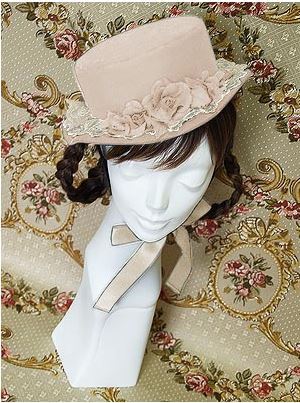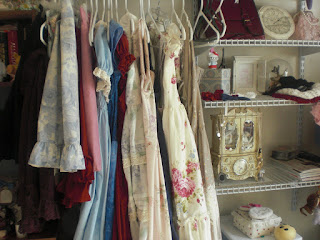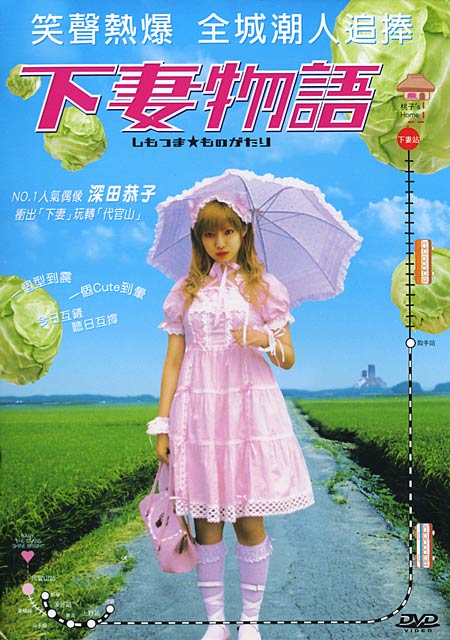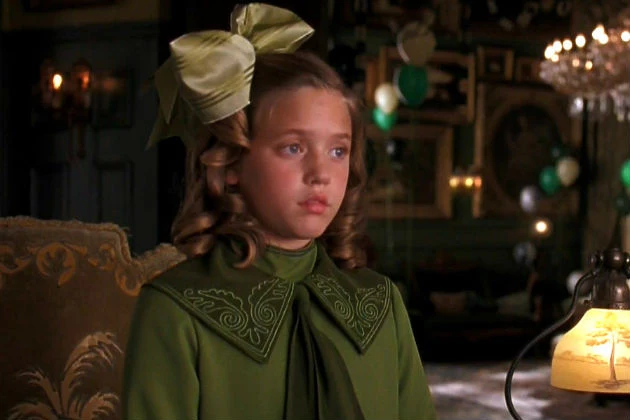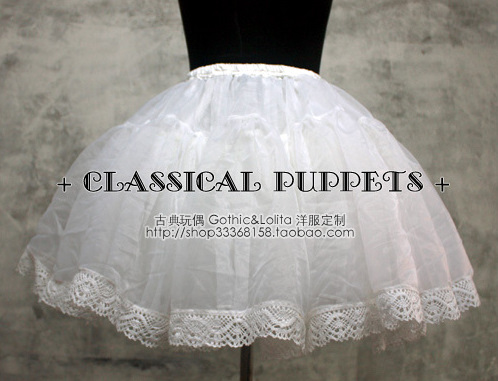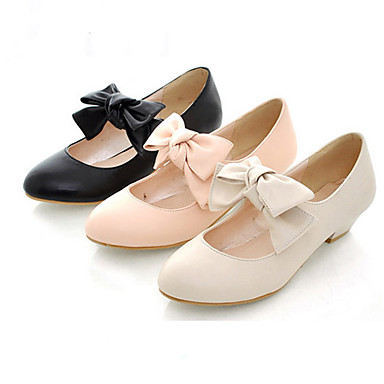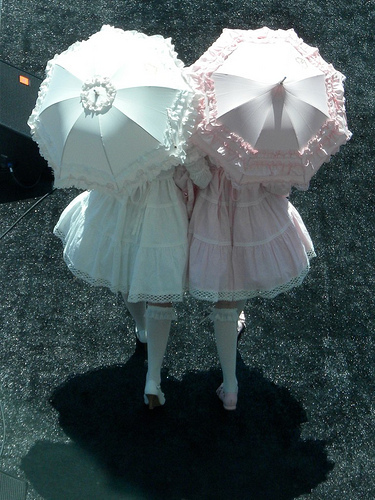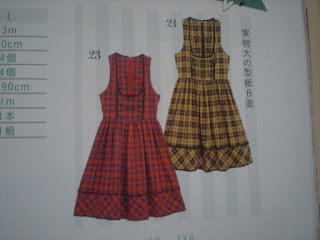1. It's Takes Dedication
Being a lifestyle Lolita requires a lot of dedication. It means completely revamping your wardrobe. I own exactly two pairs of pants. Both are yoga pants, and one pair is splattered with paint, which I only wear when I'm painting furniture for my room (more on this later). Everyone has days where they don't want to do anything but lounge around in their pajamas. As a lifestyler, my pajamas consist of cute lingerie nighties and bloomers.
 |
| And soon, winter PJs |
To be fair, a few of these things (notably sewing) I did before I got into Lolita, but the other hobbies are ones that the fashion has led me to.
2. People Won't Understand
I'm quite lucky because my best friend (and roommate) is a Lolita as well. We share a closet and accessories, and it's pretty much the best set up ever. But my family doesn't understand why I dress the way I do, and often make fun of me for it, even while saying that I look nice.
My mom (who has gotten better at being accepting) will sometimes say "let's go to the store--but don't wear that Lolita stuff," even knowing that 90% of my closet is made up of it.
My extended family--the people I grew up with--accept it with "well, you've always been weird," or "remember that phase you went through...."
Strangers on the street seem to be more accepting of it, particularly older ladies who are excited to see fashions similar to what they wore when they were younger. Still, there will always be that one guy (and it usually is a guy) who harasses you, or yells 'insults.'
 |
| Call me Bo Peep one more time. See what happens. |
3. It's Expensive
Even if you only wear offbrand or handmade, Lolita is expensive. There are countless discussions online about how Lolita is comparable to high fashion brands in the US, but the point remains that for someone who has shopped at thrift stores for most of their life, Lolita will be a shock.
 |
| by everydayfrills.tumblr.com |
That's only for the fashion portion, too. If you want to be a lifestyler, you're going to want to make your room (at least) match your aesthetic. And finding cute, cheap furniture is difficult. I'm still saving up for new curtains, a bedset, and a loft bed (which I will be making myself). I've already gotten new carpet, cute storage containers, and a wall-mounted closet.
The cheapest way to make your room look the way you want is to give your furniture a makeover with a new paint job. Make sure to wear that one pair of pants you saved when you do this. Or make it yourself.
4. It Takes Time
In every way imaginable, being a lifestyle Lolita will take a lot of time. From getting ready to leave the house, to building up your wardrobe enough to wear Lolita every day, to researching and buying or making your clothes. Lolita takes time.
This isn't a bad thing. While you do this, you'll find things out about yourself. Maybe that you actually like A-line dresses better than bells, or classic better than sweet. Maybe that you're actually pretty good at making accessories even if you kind of suck at sewing, or that green looks better on you than you thought.
5. It's Totally Worth It
This is just my opinion, of course, but I think it's completely worth it. I've gained a ton of confidence because of Lolita fashion, and I'm much happier with myself as a result. I've learned a bunch of skills, I've gained plenty of lovely friends who I have a lot in common with, and I have a conversation starter with pretty much anyone at anytime.
 |
| Friends! |
I enjoy myself when I'm writing about Lolita, or sewing a dress, or getting ready to go and hang out with my frilly friends. I have fun when I'm walking down the street in a pretty dress, looking like I've stepped out of a fairy tale. I've discovered tons of hobbies, and have new goals for how to make myself happy.
So while being a lifestyle is a lot of time and effort and money, I wouldn't give it up for anything.
What do you guys think? Are you a lifestyler? Why or why not? Do these things hold true for you, or is it just me?









